Industry information
Company News
- Aluminum veneer curtain wall: the fashionable coat of modern architecture
- Fluorocarbon aluminum veneer: a fashionable choice for modern architecture
- Aluminum veneer: a perfect fusion of architectural aesthetics and pragmatism
- Aluminum veneer customization, artistic interpretation of personalized space
- Fluorocarbon aluminum veneer: the new favorite in the aluminum industry, why is it so popular?
Industry dynamics
- Hey, when it comes to curtain wall aluminum veneer, it's a "fashionable outerwear" in modern architecture. I...
- Hyperbolic aluminum veneer: the "fashionable coat" of modern architecture
- Aluminum veneer customization, creating a new trend of personalized space
- Recommended Guide for Choosing Aluminum Veneer
- How has aluminum veneer become the preferred material for modern architecture?
Frequently asked questions
- What are the applications of aluminum veneer in the construction industry?
- What are the applications of aluminum veneer in the interior decoration industry?
- What are the applications of aluminum veneer in the construction industry and how can they be improved?
- What are the types of aluminum veneer?
- What factors will affect the price of aluminum veneer?
contact us
Mobile:+86 15627778610
Email: 2201229786
Address: No. 5 Binjiang Road, High tech Zone, Zhaoqing City, Guangdong Province
What is the difference between aluminum veneer and traditional building materials?
- Author: Lesilong Technology (Guangdong) Co., Ltd
- Release time: February 25, 2025 21:05:29
- Click:0
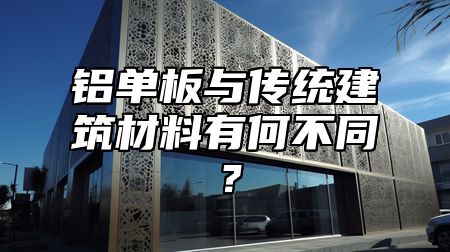
Aluminum veneerIt is a lightweight and high-strength metal material that has many differences compared to traditional building materials. This article will provide a detailed introduction to the differences between aluminum veneer and traditional building materials.
1、 Material characteristics
1. Lightweight
The main component of aluminum veneer is aluminum, which has low density, light weight, and is easy to handle and install. In contrast, traditional building materials such as concrete and bricks are relatively heavy.
2. High strength
Aluminum veneer has high strength and can withstand large loads and wind pressures. Aluminum veneer also has the characteristic of good corrosion resistance, and there will be no fading, cracking or other problems during long-term use. However, the strength and durability of traditional building materials are relatively low.
3. Convenient construction
Aluminum veneer has good processing performance and can be processed in various ways, such as cutting, bending, stretching, etc., to meet different architectural design requirements. In contrast, traditional building materials require a longer time for production and transportation, and the construction process is more complicated.
2、 Decorative effect
1. Rich and colorful colors
Aluminum veneer can be treated with various surface treatments such as spraying, rolling, and drawing as needed to achieve different decorative effects. Aluminum veneers come in a variety of colors to meet the decorative needs of different occasions. However, traditional building materials have relatively simple colors and textures.
2. Strong plasticity
Aluminum veneer can be cut, bent, stretched, and other methods to change its shape and size as needed to meet different architectural design requirements. In contrast, traditional building materials have poor plasticity.
3、 Environmental protection and energy conservation
1. Low carbon and environmental protection
The production process of aluminum veneer does not produce harmful gases and pollutants such as wastewater, making it a low-carbon and environmentally friendly material. In contrast, the production process of traditional building materials generates a large amount of carbon dioxide and other harmful gases, which have a significant impact on the environment.
2. Energy conservation
Aluminum veneer has good thermal insulation performance and can effectively reduce the energy consumption of buildings. Aluminum veneer can also be recycled and reused, saving resources. In contrast, traditional building materials have poor thermal insulation performance and are difficult to recycle.
Aluminum veneer has many differences from traditional building materials in terms of material properties, decorative effects, and environmental protection and energy efficiency. With the continuous advancement of technology and the increasing demand for environmental protection and energy conservation, it is believed that aluminum veneer will have broader development space in future application fields.

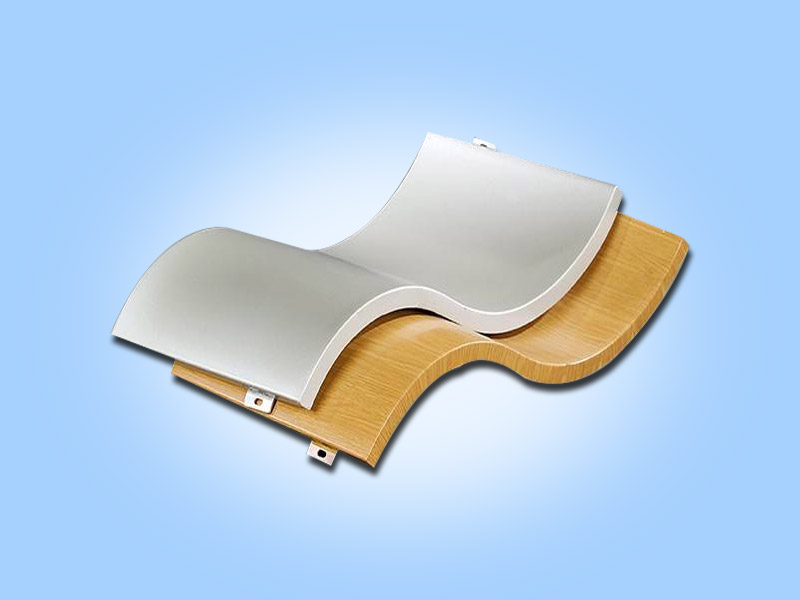
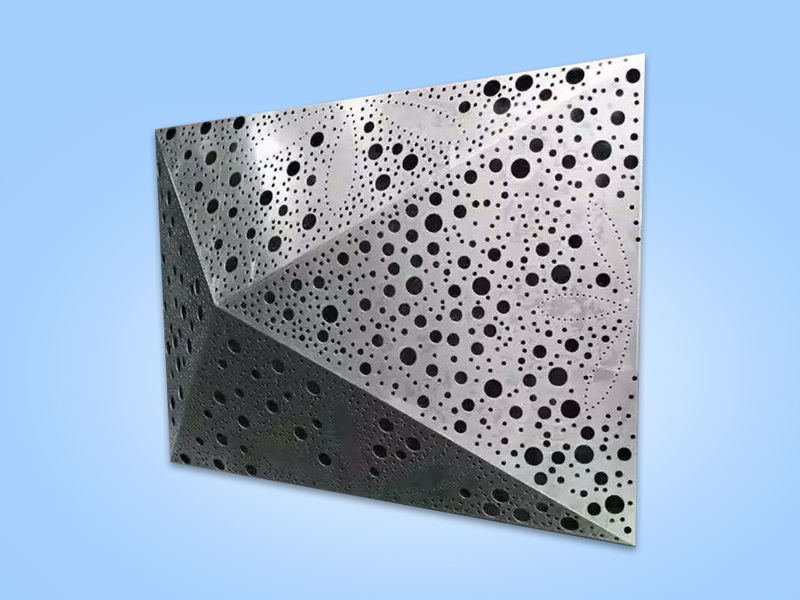
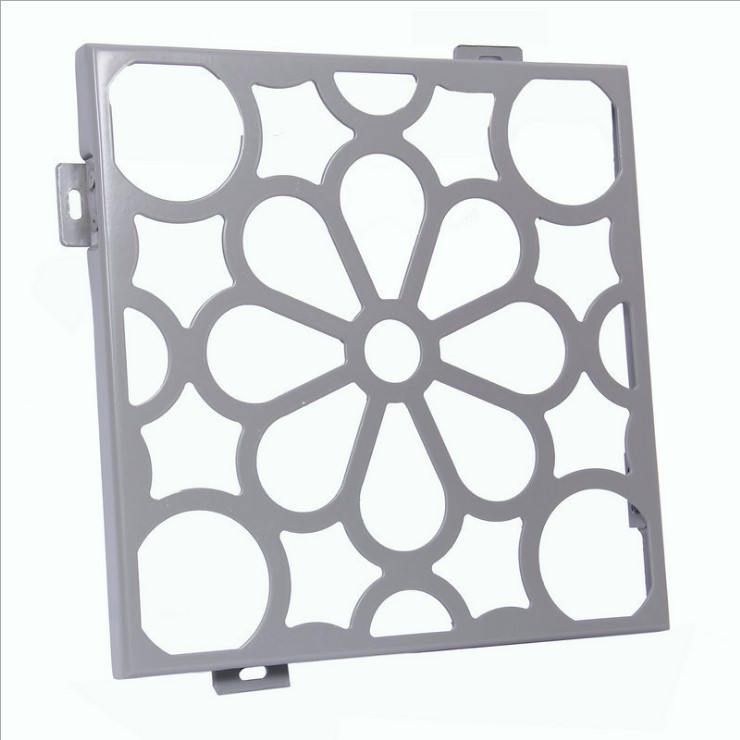
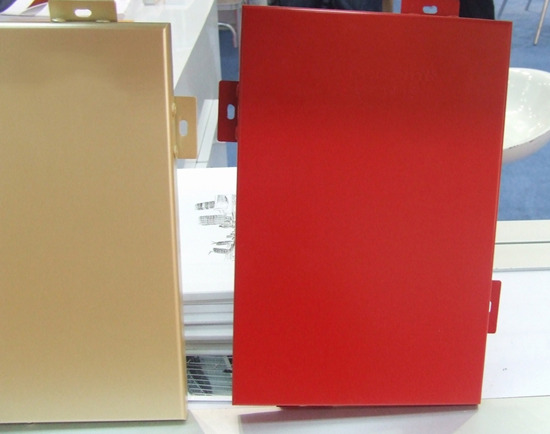
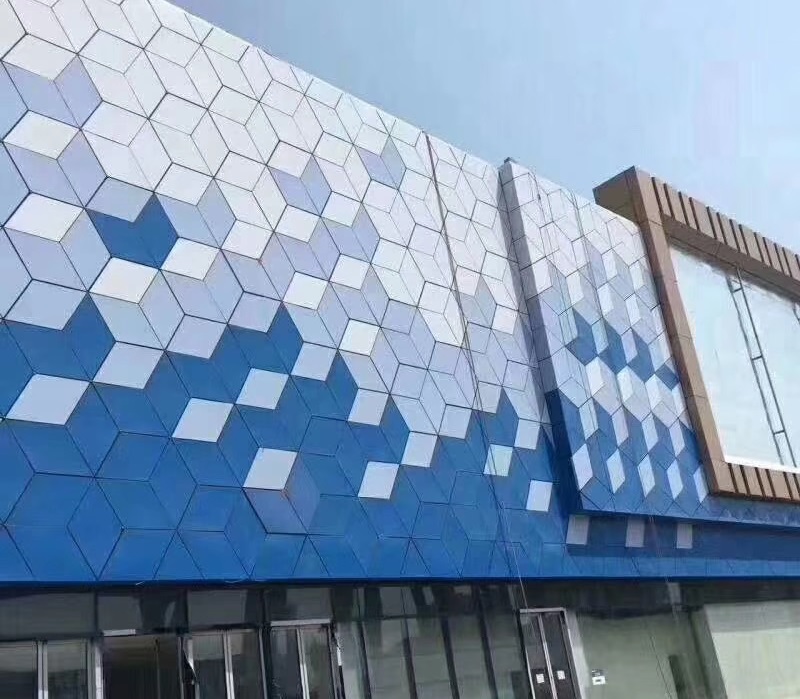
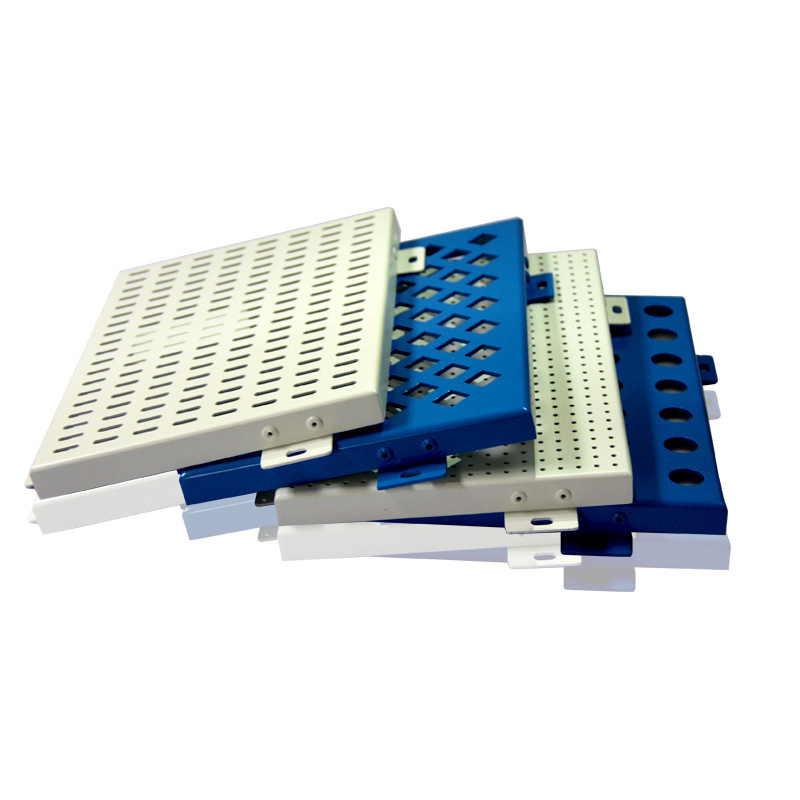
 Customer service QQ
Customer service QQ